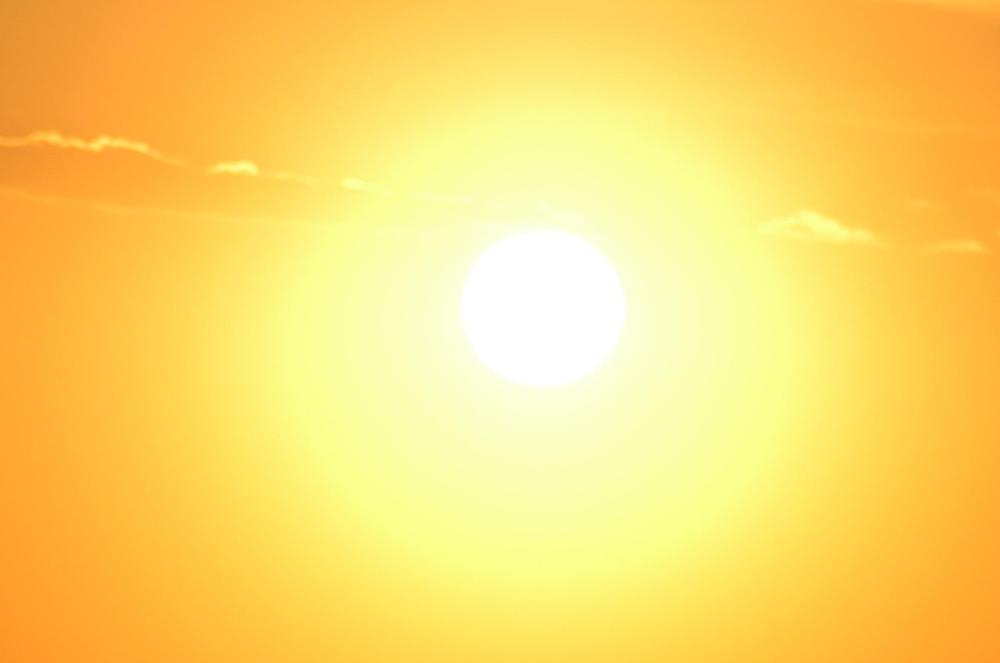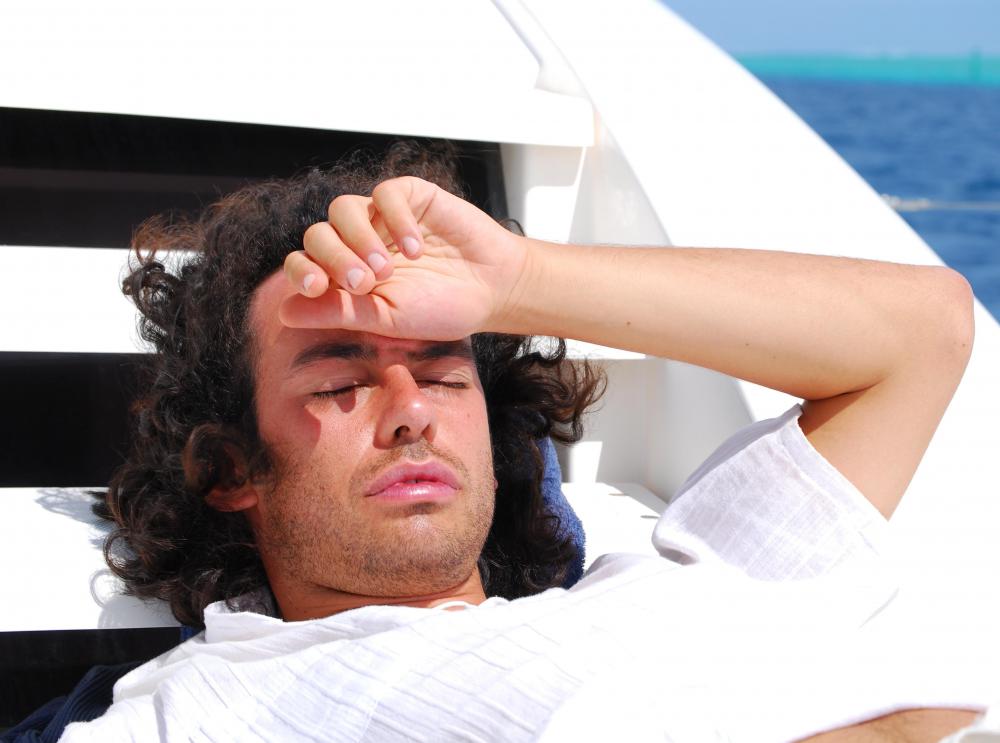At BeautyAnswered, we're committed to delivering accurate, trustworthy information. Our expert-authored content is rigorously fact-checked and sourced from credible authorities. Discover how we uphold the highest standards in providing you with reliable knowledge.
What are HEV Sunglasses?
Most quality sunglasses today block virtually all ultra-violet (UV) rays, but many researchers now believe rays in the near-UV range can also cause eye damage over time. The near-UV range is called high-energy visible (HEV), because it includes visible blue/violet light. HEV sunglasses filter out a large portion of this spectrum.
HEV damage is believed to be cumulative, appearing later in life in the form of macular degeneration. Macular degeneration is a condition of the retina that causes a loss of fine detail in vision. This is a chronic condition without cure. Protecting the eyes from near-UV light with HEV sunglasses can help to prevent potential problems later. If damage has already occurred, these sunglasses can minimize future exposure, lessening added damage.
The UV spectrum is divided into subcategories according to wavelengths as measured by nanometers (nm). A single nanometer is one billionth of a meter (3.3 feet). The HEV range includes wavelengths between 400 and 515 nm.
Specifications for HEV sunglasses note that they block near-UV light, blue light, or HEV light. All three terms refer to the same thing. The specifications might also indicate a threshold, such as “blocks blue light to 450nm.”

HEV sunglasses with yellow-tinted lenses block the complete HEV spectrum, distorting color perception by eliminating blue entirely. This could be troublesome for artists who work outdoors, for example, or for colorblind people who may have a hard time distinguishing the color of traffic lights. Also, many people simply prefer some blue light and find yellow lenses harsh. To stay closer to true color perception, you may want to choose HEV sunglasses with amber or melanin lenses, the latter of which offers the truest color perception among these types of sunglasses.

In addition to filtering out a good portion of blue light, HEV sunglasses should block 100% of UV-A and UV-B rays. Specifications might also mention UV-C rays, but this form of radiation does not penetrate the earth’s atmosphere, so protection is somewhat moot.
Children’s eyes are particularly susceptible to HEV and UV rays, as the lens of the eye has not yet developed the natural protection that blocks at least some UV and HEV light. Ocean, sand, pools, sidewalks, and snowy landscapes all reflect and intensify HEV and UV exposure. Children’s HEV sunglasses with 100% UV-A and UV-B protection can safeguard a child’s eyes, potentially lessening the chance of age-related ocular diseases later. Frames should fit snugly around the face in a wrap-around style so that sunlight cannot enter the eyes unfiltered.

While there are quality brand-name HEV sunglasses available from companies like Oakley, Maui Jim, Uvex and Revo, there are also many quality name brands that do not ioffer HEV protection. Price is not an indicator, nor is the darkness of a lens. If the sunglasses block a significant portion of the HEV spectrum, this will be indicated along with “100% UV protection.” An Eye Protection Factor (EPF) rating will also disclose how much HEV light is blocked.
AS FEATURED ON:
AS FEATURED ON:

















Discussion Comments
Does the variation in tinting have any bearing on protection?
Post your comments